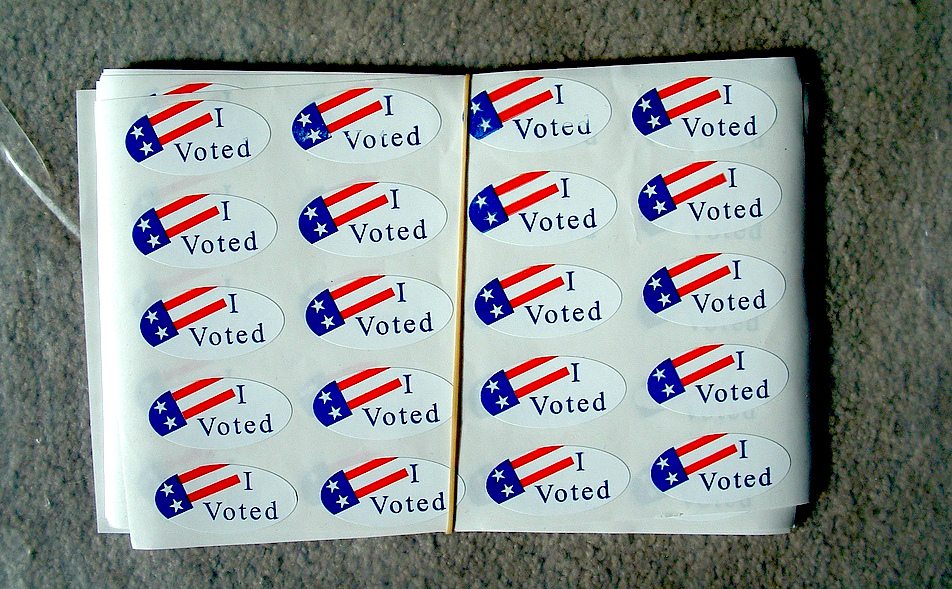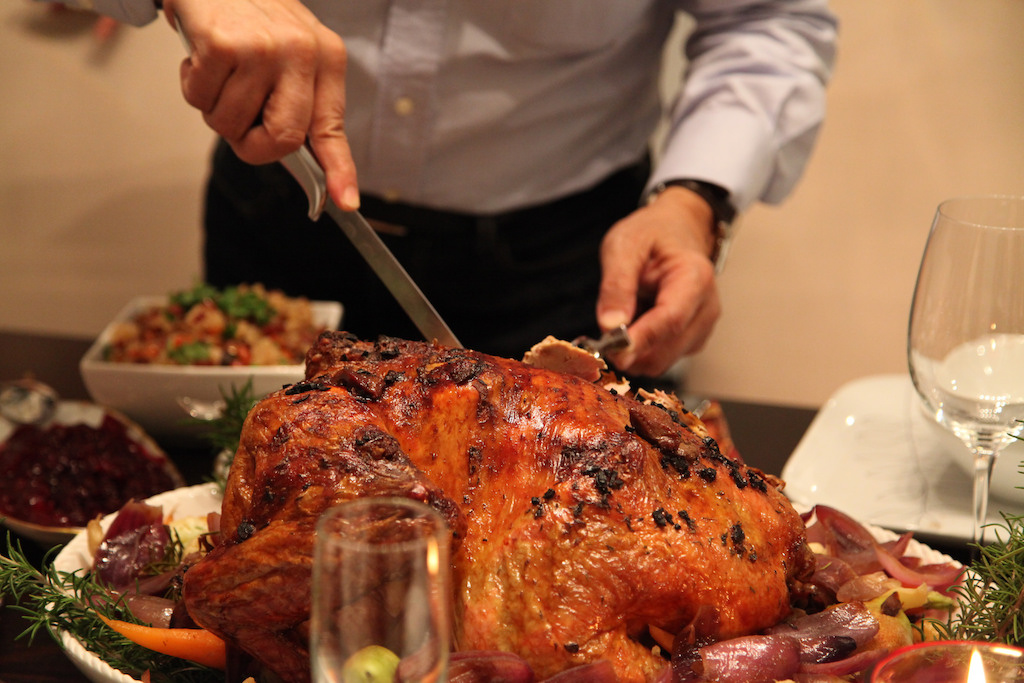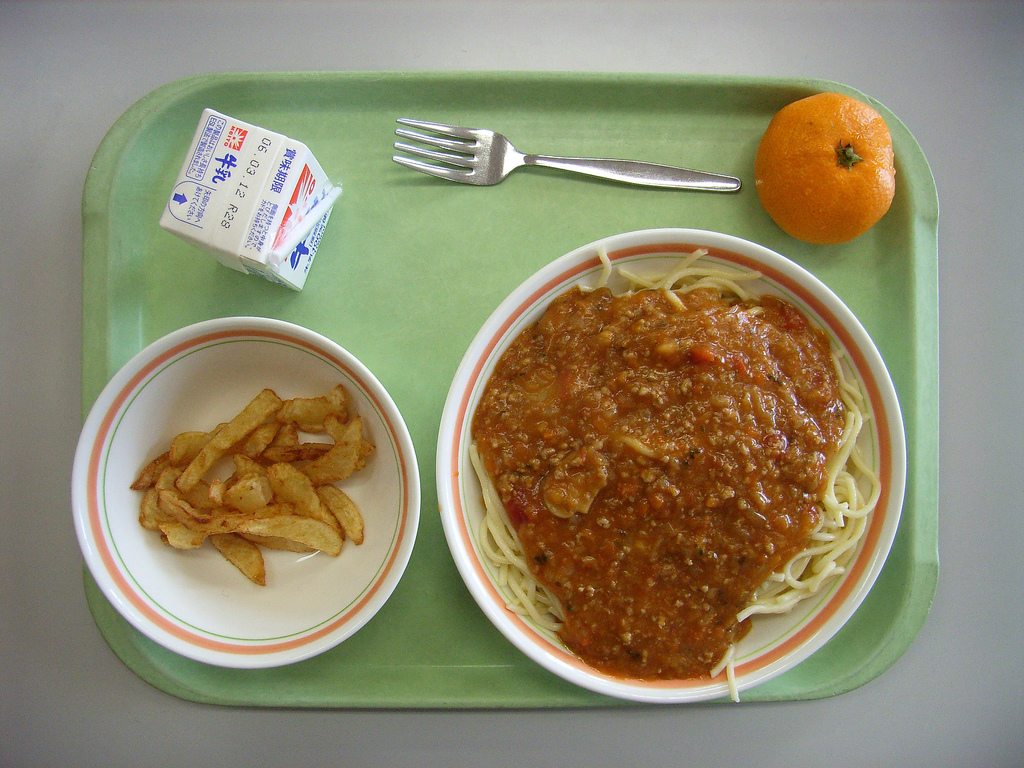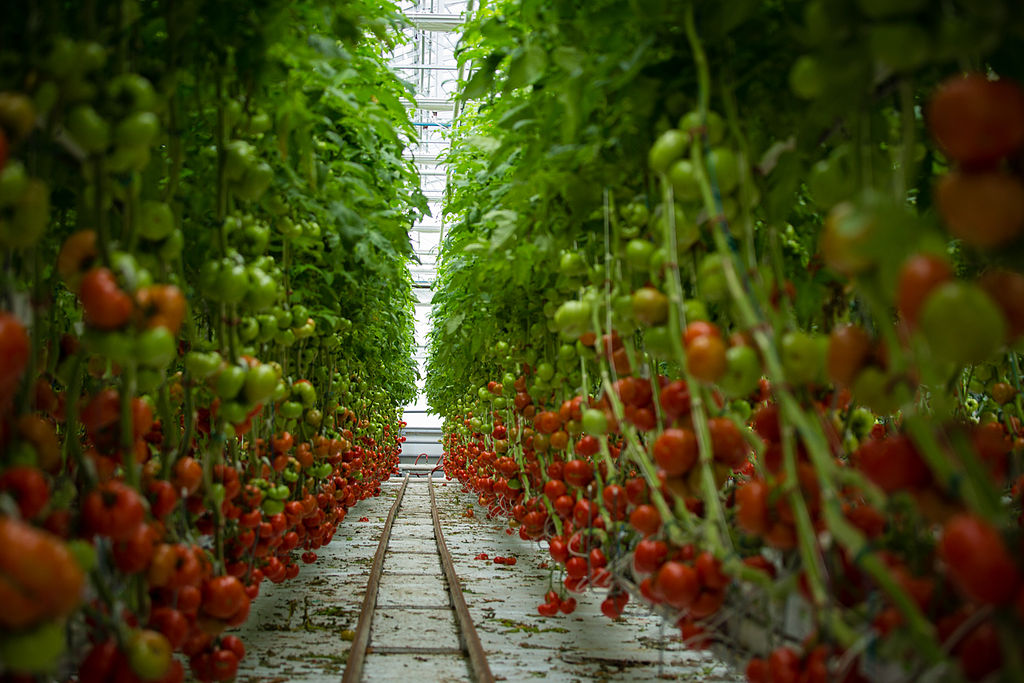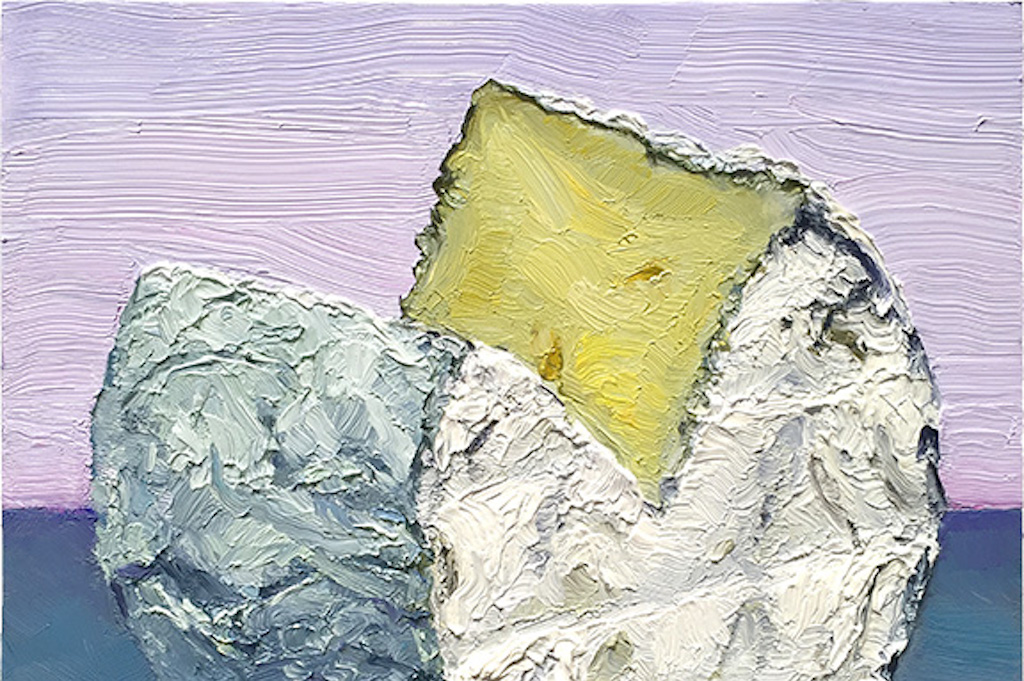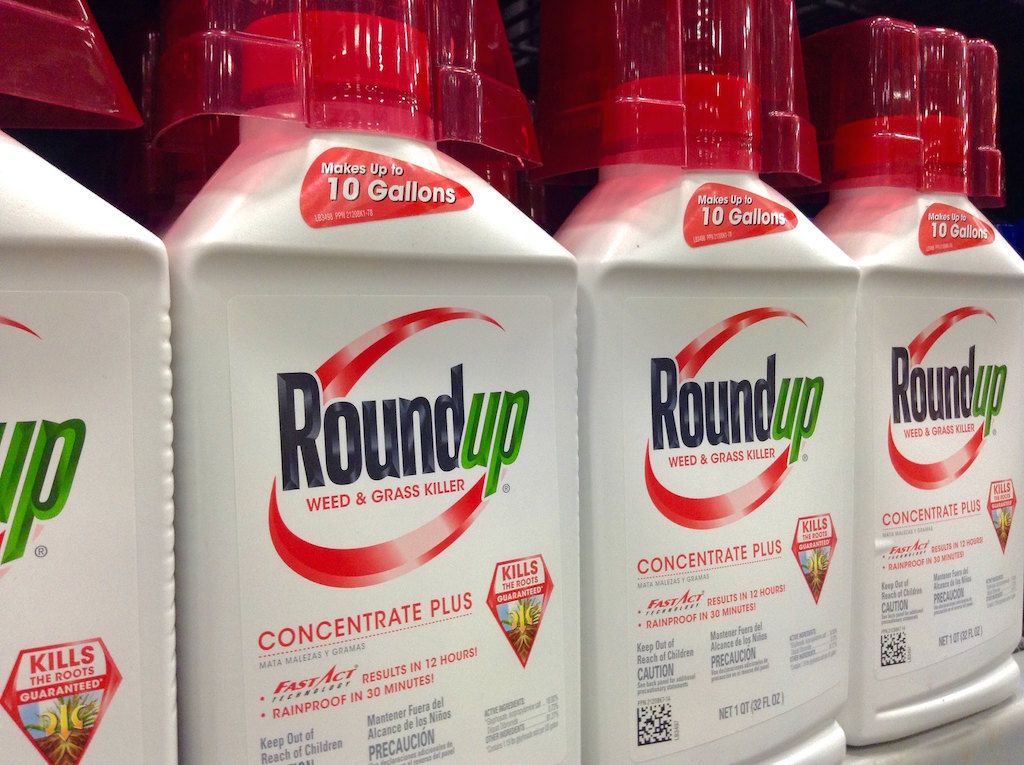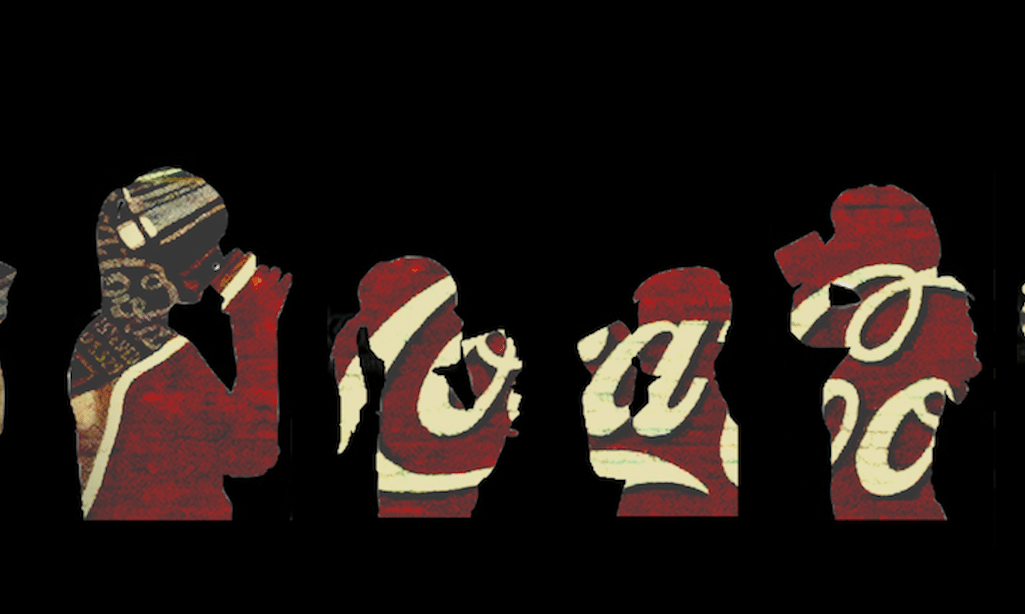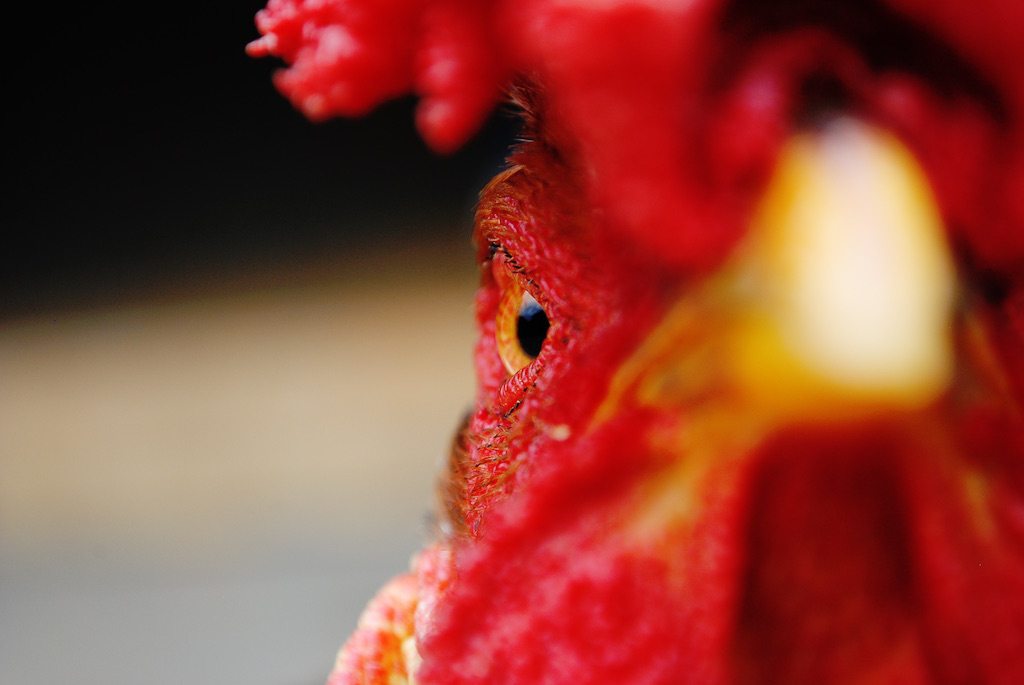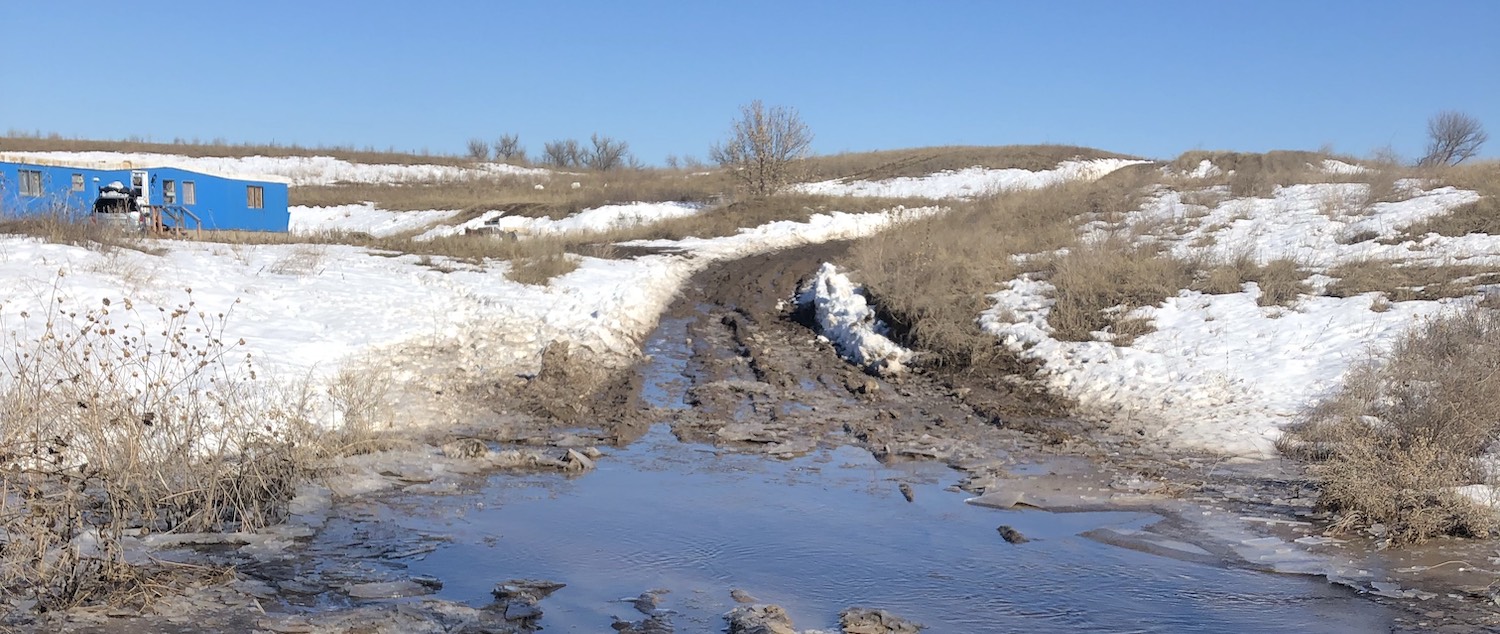
Frank Ghost
Even on a good day, access to nutritious food and water isn’t a given for residents of the Pine Ridge Indian Reservation in southern South Dakota—where the unemployment rate hovers around 90 percent and the sparse local stores are undersupplied and overpriced. Compound that with the “bomb cyclone” snow event that pounded the Midwest earlier this month, followed by massive floods once temperatures spiked, and you’ve got a situation some are calling a “humanitarian crisis.”
At the same time, the term “humanitarian crisis” in some ways implies a sudden, circumstantial onset of suffering. But people familiar with the competing forces of poverty and neglect on reservations like the Pine Ridge say “humanitarian crisis” is a day-to-day reality for so many Native people. “We’re in survival mode on a daily basis,” South Dakota State Representative Peri Pourier, a Democrat, told The Grand Forks Herald, “When things like this happen, it’s devastating on all different levels.”
With more snow expected to hit the area on Friday evening, and with local emergency management teams saying the crisis is likely to extend at least another month, we asked some residents of Pine Ridge to give us a sense of what they’re experiencing and what they need. Edited for clarity and length, the following are excerpts of what they told us.
Karlene Hunter, CEO and co-founder of Native American Natural foods, maker of the Tanka Bar—a meat snack with an origin story we’ve written about extensively—works in the company’s office in Kyle, South Dakota, “right in the middle of the Pine Ridge.”
“This storm, you know, it started the night of [March] 13th—late at night—and it was a two-day storm … it left five-, six-foot drifts. The snow blew sideways and the wind was about 70 miles per hour. It lasted for only two days, but the aftermath we’re still dealing with. We will for months. I mean, it has been horrendous. There were four deaths attributed to it and hundreds of emergencies that had to be dealt with. It’s bad when the whole area gets closed down … the majority of our people live off pavement. I myself live three miles off the pavement; you can’t get in or out.
I’ve seen storms this bad. But this one was different because we have been getting storm after storm after storm. You know, it would storm and then two days later, warm up for two days. Then it would storm again. So with this one, the land is saturated and it’s frozen like, three inches below the surface. There’s nowhere for the runoff to go except to make big pools of, you know, lakes of water. It’s broken up roads. I mean, the roads are atrocious. My nephew’s culvert completely washed away. They have a three-foot hole in the road. Just last night, right down off the hill from my house on the road, the entire bridge and culvert collapsed and a pickup got into it, into the mud.
View this post on Instagram
Then we had four major breaks in our water lines. That left three-fourths of the reservation without water.
But I have to say, the community has really come together. For the past week, the tribe has been organizing food boxes and medical supplies. And each of our nine [towns] have been coming together and getting people organized that could go on horseback to get food and water and medical supplies to people.”
Hunter and her colleague, Mark Tilsen, co-founded Native American Natural Foods in an effort to restore food sovereignty to Pine Ridge residents and renew the bison’s central and sacred place in tribal life. We asked Hunter what it felt like to be running a food company in a community already vulnerable to hunger and poor nutrition, as it faces another threat to food security.
“Well, we’re in the middle of a food desert, so each of our little towns usually has a [convenience] store, you know, and gas pumps. But to get anywhere that has a grocery store? The closest one is about 45 miles away. Now if we want healthy foods, good produce, good fruit, things like that, we have to go to Rapid City, [South Dakota], and that’s 90 miles away. So, when you make a trip, you stock up, you make sure that you’ve got your lists and you stock up. But being in the middle of a food desert and with only convenience stores, people eat a lot of trashy things, like sodas and chips. It’s not a healthy environment.
That’s one of the reasons that we started Native American Natural Foods and our Tanka products: because they are healthy alternatives. And when it’s already such an issue, where you are isolated by things out of your control, which many of these things are anyway….
You know, our people are really resilient. It just gave me goosebumps to see these guys on horseback taking these food boxes to elders out in the districts and families that couldn’t get in. We’re pushing through it. It’s not easy, but we are continuing on.”
Frankie Whiting, artist/caretaker
Where I’m at, it’s very rural. I live off-road; it’s a mile and a half to the nearest road, with only one access route for nine families to get out. We’re kind of up on a hill, in a group of trailers. I moved back to the reservation from Sioux City to take care of my parents.
When the snow came, it went up to the top of the trailers. Then when it started melting, flood water totally submerged the hill. We had no way in or out for days. Then when the water main broke, we were really in tough shape. We eventually cleared a path and sent two of our younger guys down to get water. They had to toss a rope to the other side of the water, then use the rope to guide them out.
They had to buy water at one of the little local stores. Our prices are already higher for bread, for water, for gas, things we need, but the store raised prices by two or three bucks after the storm. People are on fixed incomes here, barely any jobs. I’m afraid I get desensitized to how bad it is.
 Frank Whiting
Frank Whiting A rut in Pine Ridge
Even when the weather is good, all of us families on the hill don’t have running water in our trailers; we have to go every two or three days to my aunt’s house and fill up 18-liter containers to bring back. We use it for bathing, drinking, everything else. But now her water is bad, so it’s been a struggle.
The tribal president said people in my district don’t qualify for donated water, so we set up a GoFundMe page. Luckily this weekend my cousins are coming from Michigan with truckloads of water for us. All our cars have been stuck out by the main road for weeks, so we need the help.
We’ve been running low on food, too. A lot of us rely on government commodities, but lots of our canned goods have gotten used up during the storm. Me and the other families have been cooking our meals together at my aunt’s house, so we can share all the supplies and everything with each other. That’s just how to get through it.
Barb Brewer, Business manager at Wounded Knee School District
I live out on the Old Sundance Grounds on the outskirts of the reservation; my elderly mother lives next door. When the snow hit, we were trapped inside from Tuesday through Saturday. At some point I tried shoveling for three hours but it was useless. We couldn’t get out until the plow came on Saturday.
Thank god I got groceries the weekend before the storm hit. I had to drive about 90 miles to Walmart, because our local stores were out of bread and milk, all the basics. I’m not sure what people did who couldn’t stock up like that; there aren’t many options.
After the snow started melting, all the roads were shot. A lot of the reservation is dirt roads that just got these huge ruts in them. Everybody here has four-wheel-drive vehicles, but even those were getting stuck or ruining their engines. I work at the school, and some of my coworkers who live on the reservation were stuck for weeks!
 Barb Brewer
Barb Brewer “Horses are one of the best ways to get around right now,” says Barb Brewer, business manager at Wounded Knee School District. Photographed here is Brewer’s son Alias on his horse, Cupcake, who didn’t survive the storm and flooding
Things are still pretty tough. My mother and I have been volunteering, answering phones from people who don’t know how to get out, where they can get some clean water, things like that. They’re still working on getting the water main fixed; we’re giving kids bottled water at school.
My uncle Marvin runs the Slim Butte Riders Group; they’ve been riding their horses to people who are stranded, bringing food and supplies. Horses are one of the best ways to get around right now. Sad, though: my son’s horse, Cupcake, didn’t make it through the storms and the flooding.
The governor [of South Dakota] came in on Saturday, explaining why she didn’t send us help sooner. She said because we’re a sovereign nation, they wouldn’t send help until we requested it. It was kind of tense; some people thought she was just making excuses, and were mad because of her pipeline anti-protesting bill. She should have been here sooner.
Frank Ghost, food-service manager at Wounded Knee School District
The roads ruined both of my cars pretty quickly, even though they both have four wheel drive, the ruts are just so deep. I live about a mile and a half north of town. So me, my wife, and my 10-year-old son, after being trapped for a couple of days with frozen pipes, had to walk into town with one-gallon jugs to fill up.
The National Guard set up these big containers of water called Hippos at different places in town. For a lot of people the trouble is just being able to travel down there to get some.
It’s the same at the school where I work. We are about 50/50 with kids who live in town and kids who live out in the rural areas. Even after the school started up again, we pretty much only saw the town kids coming in.
Now we’ve got more snow coming, I really want to make sure we’ve got enough candles, water, food, wood for the stove. Otherwise it’s going to suck for us; it’s not like there’s a nearby motel to stay in.
Eileen Janis, suicide prevention specialist
I’ve been helping out with the volunteer efforts. One thing has been finding places to stay for all the people evacuated from their homes, especially the elderly. The district paid for some people to stay in rooms at the Prairie Winds casino hotel for a couple of nights; now the casino opened up its conference room for people to stay.
Supplies are coming in from different places—churches, the Tribal Council, National Guard, plus a lot of neighbors helping neighbors. That’s been nice to see, people opening up their homes to each other. Or, if you have extra supplies, sharing them with each other. I’m actually going to head over to Rapid City to pick up $100 worth of toilet paper someone donated.
Those food boxes the horses are delivering have some good stuff for people. The idea was to put in ingredients so people could make a soup—onions, carrots, chuck steak, salt and pepper, stuff like that. Soup is a really good thing for families to share, and it can go a long way.
Even getting the supplies here has been tough. Helicopters have airlifted in some things. Boats, too, for evacuating people and delivering supplies. The National Guard has brought in water on trucks (though those trucks are kind of tearing up the roads even worse).
We always help each other out when things get bad, though. There’s kind of an attitude here of “I have it bad but this one has it worse,” so you give what you can.

